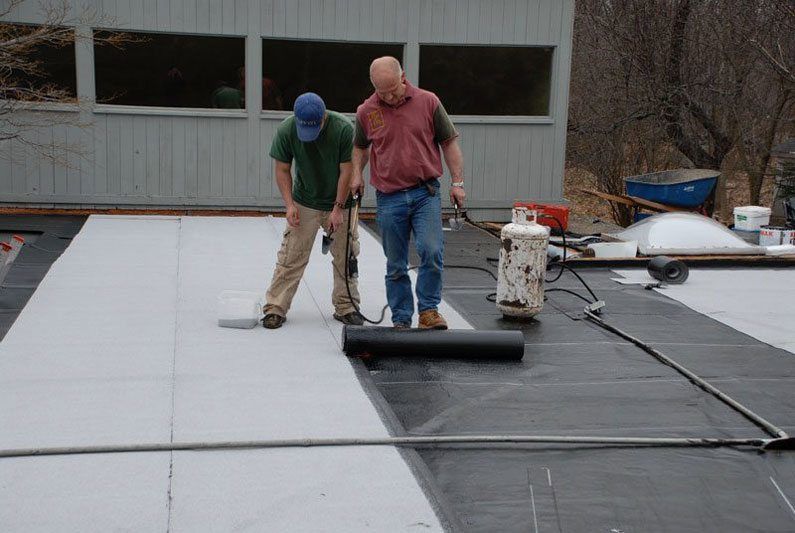Metal Roof Over Shingles: Enhancing Your Home's Durability and Style Introduction: In the realm of home improvement, the choice of...
Weather Resistance
Metal Roof Underlayment: Essential Protection for Your Roof Metal roofs have gained popularity in recent years due to their durability,...
Ensuring Longevity: The Art of Effective Rubber Roof Repair Rubber roofs have become a popular choice for their durability and...







